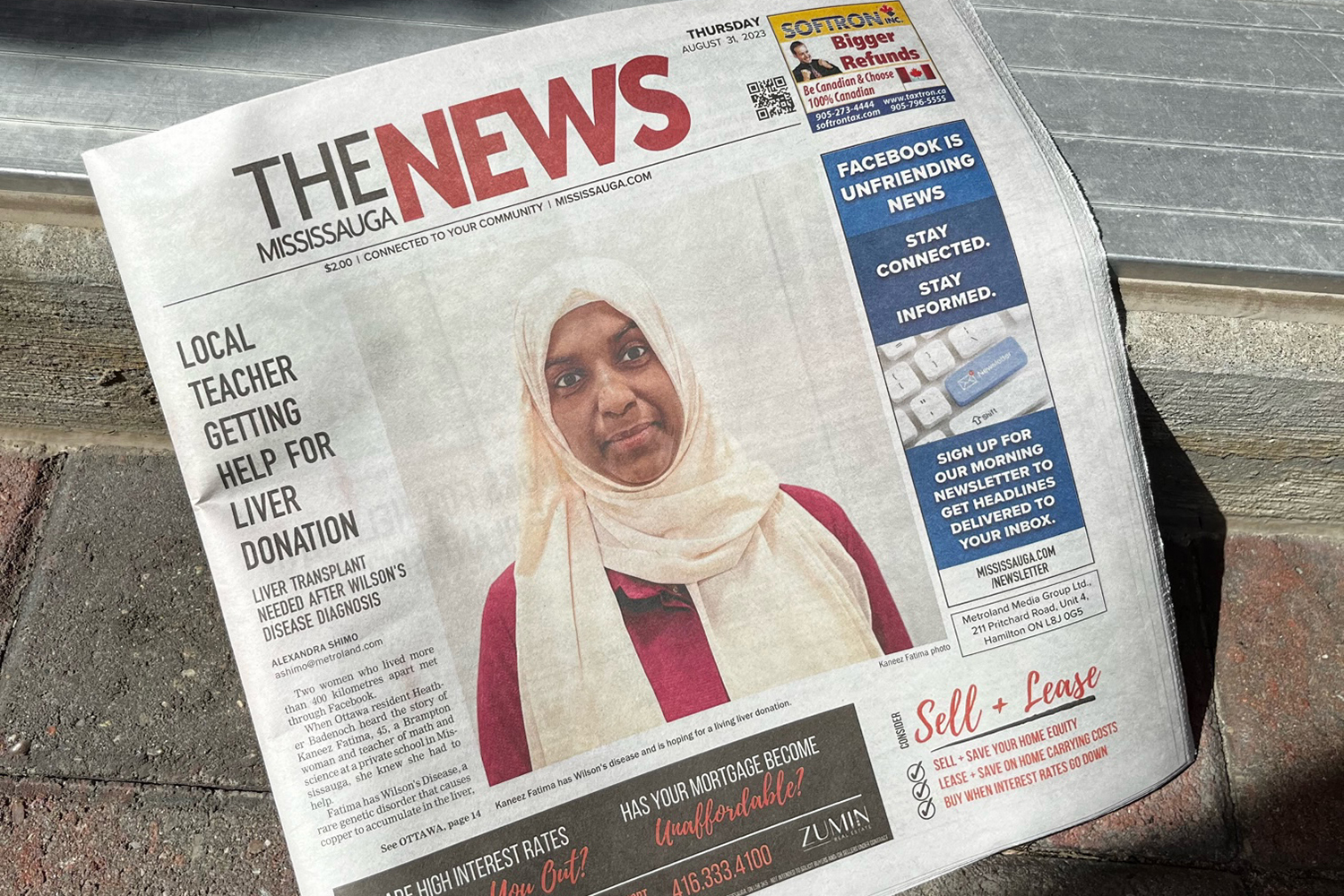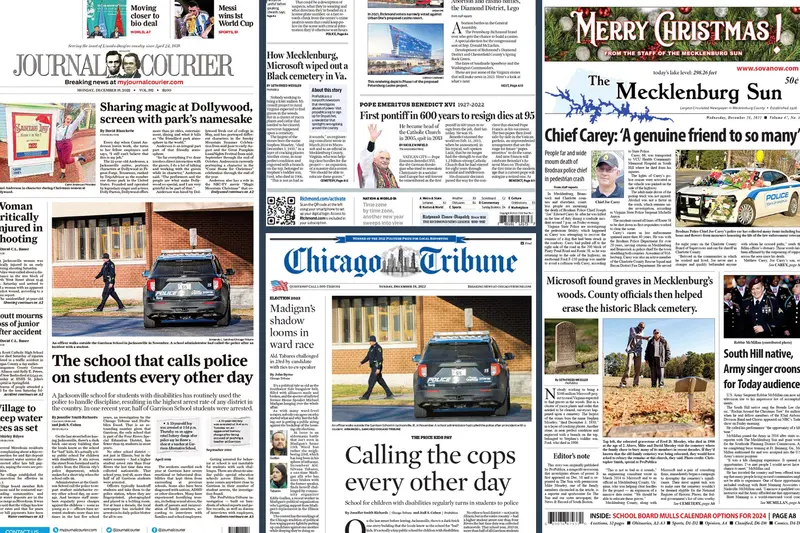The Basic Principles Of News Articles
The Basic Principles Of News Articles
Blog Article
Some Known Incorrect Statements About News Articles
Table of ContentsEverything about News ArticlesNews Articles for BeginnersExamine This Report on News ArticlesFacts About News Articles UncoveredExcitement About News Articles
Good knowledge of different topics provides trainees a competitive side over their peers. Although digital and social networks are easily obtainable, we must not fail to remember exactly how vital it is to review the newspapers. Moms and dads need to try and inculcate the habit of reading a paper as a daily regimen to proceed the legacy of the adored print tool.News stories also contain at least one of the complying with crucial attributes family member to the intended audience: proximity, importance, timeliness, human passion, oddity, or consequence.
Within these limitations, newspaper article also aim to be thorough. Nevertheless, various other aspects are involved, some stylistic and some originated from the media kind. Among the larger and much more revered newspapers, justness and balance is a major consider providing details. Discourse is usually restricted to a separate section, though each paper may have a different total slant.
Papers with a worldwide audience, for instance, often tend to make use of an extra formal design of creating. News Articles.; common design guides include the and the United States Information Design Publication.
Some Ideas on News Articles You Should Know
As a policy, reporters will certainly not utilize a long word when a brief one will certainly do. News writers attempt to avoid using the very same word a lot more than as soon as in a paragraph (occasionally called an "echo" or "word mirror").
However, headlines sometimes leave out the topic (e.g., "Jumps From Boat, Catches in Wheel") or verb (e.g., "Pet cat lady fortunate"). A subhead (likewise subhed, sub-headline, subheading, caption, deck or dek) can be either a secondary title under the main heading, or the heading of a subsection of the post. It is a heading that comes before the major text, or a group of paragraphs of the primary text.

Additional signboards of any of these kinds might show up later on in the article (specifically on succeeding web pages) to attract further reading. Such signboards are also utilized as reminders to the short article in various other sections of the magazine or website, or as ads for the piece in various other magazine or websites. Regular framework with title, lead paragraph (recap in bold), various other paragraphs (details) and get in touch with information.

Example of a hard-lead paragraph NASA is recommending an additional area project. The company's budget request, announced today, included a plan to send an additional objective to the Moon. This time around the agency wants to establish a long-term center as a jumping-off factor for various other room adventures. The spending plan requests around $10 billion for the project.
The NASA announcement came as the agency asked for $10 billion of appropriations for the task. An "off-lead" is the second most important front page information of the day. The off-lead appears either in the top left edge, or directly listed below the lead on the right. To "hide the lead" is to begin the post with background info or information of additional relevance to the viewers, forcing them to find out more deeply right into a post than they need to have to in order to discover the vital points.
The Ultimate Guide To News Articles
Typical usage is that or two sentences each create their very own paragraph. Journalists typically describe the organization or framework of a news story as an upside down pyramid. The crucial and most interesting elements of a story are put at the start, with sustaining details adhering to in order of lessening significance.
It allows individuals to check out a topic to only the deepness that their curiosity takes them, and without the imposition of details or nuances that they might take into consideration irrelevant, yet still making that information readily available to much more interested viewers. The upside down pyramid framework additionally makes it possible for articles to be cut to any kind of approximate length during format, to fit in the area available.
Some writers start their stories with the "1-2-3 lead", yet there are lots of kinds of lead readily available. This layout usually begins with a "Five Ws" opening up paragraph (as described over), followed by an indirect quote that serves to sustain a significant aspect of the initial paragraph, and after that a direct quote to support the indirect quote. [] A twist can refer to multiple points: The last story in the information broadcast; a "happy" tale to end the program.
Longer write-ups, such as magazine cover posts and the pieces that lead the within sections of a newspaper, are referred to as. Function tales vary from straight news in a number of means. Foremost is the absence of a straight-news lead, most of the time. Rather of use this link providing the significance of a tale in advance, attribute writers may try to tempt readers in.
Some Known Incorrect Statements About News Articles
A feature's initial paragraphs frequently connect a fascinating minute or event, as in an "anecdotal lead". From the particulars of an individual or episode, its view quickly widens to generalizations regarding the tale's topic.

The Editor's Toolbox: A Reference Guide for Beginners and Professionals (2001) Allan M. Siegal and William G. Connolly. The New York Times Handbook of Style and Use: The Official Design Overview Made Use Of by the Writers and Editors of the World's A lot of Reliable Paper (2002) M. L. Stein, Susan Paterno, and R.
Report this page